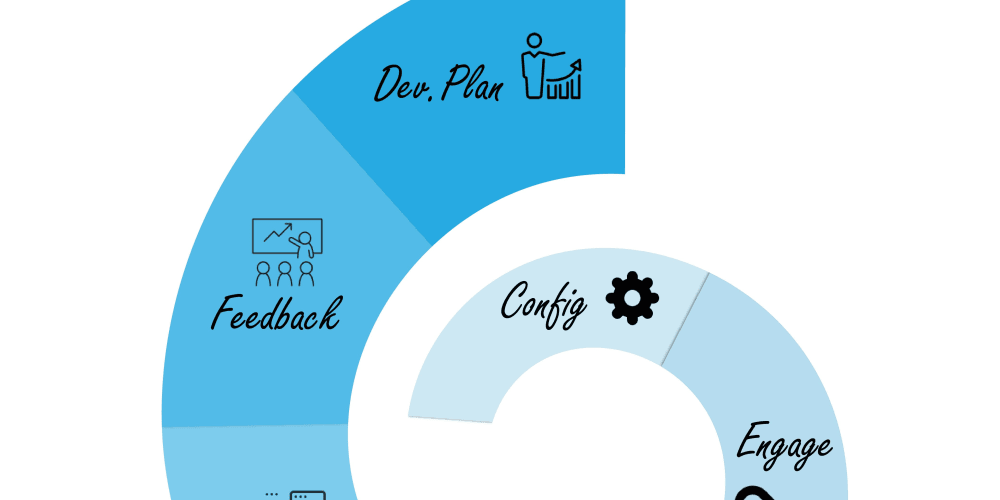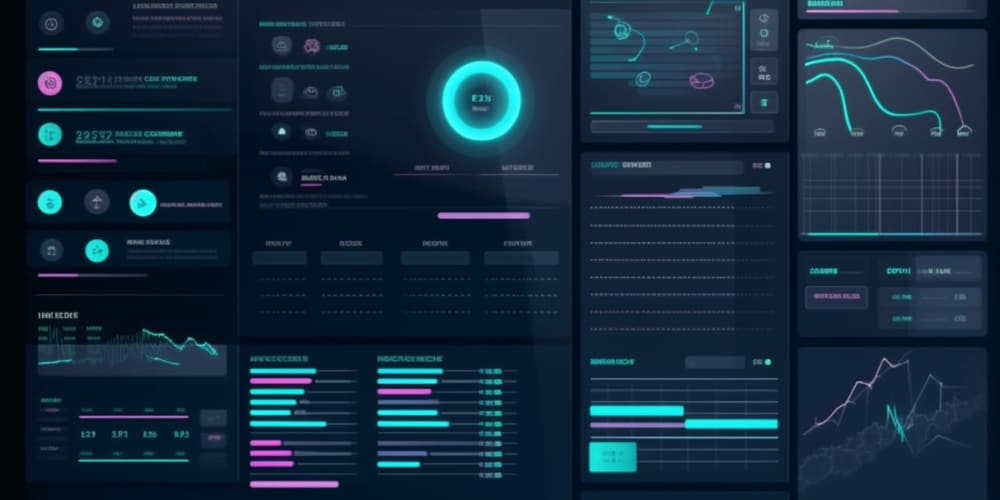How I Built My Music Downloader Site
Disclaimer: Services described in this post are in courtesies of
the Service providers, codes described in this post may be used only for educational purposes
Creating my music downloader site was an exciting and educational journey. I leveraged the Spotify API and Pytube to build a seamless experience for users who want to discover and download music. Here’s a detailed walkthrough of how I achieved this.
Backend Development
- Integrating Spotify API
The first step was to integrate the Spotify API to fetch tracks and preview music. Setting up the Spotify component was straightforward:
- Register your application: Sign up on the Spotify Developer Dashboard and create a new application to get your API credentials.
- Get an access token: Use the credentials to request an access token. This token will authenticate your API requests.
- Fetch tracks: Use the access token to query the Spotify API and fetch tracks based on user search inputs. Spotify's rich API provides detailed information including track previews, album art, and links to Spotify.
Here's a quick code snippet on how you can achieve this:
python
import requests
# Define the API endpoint and access token
SPOTIFY_API_URL = 'https://api.spotify.com/v1/search'
access_token = 'YOUR_ACCESS_TOKEN'
def search_spotify(query):
headers = {
'Authorization': f'Bearer {access_token}'
}
params = {
'q': query,
'type': 'track'
}
response = requests.get(SPOTIFY_API_URL, headers=headers, params=params)
return response.json()
- Creating the API Endpoint
Once I had the data from Spotify, I created an endpoint using Flask to serve this data to my frontend:
python
from flask import Flask, request, jsonify
app = Flask(__name__)
@app.route('/search', methods=['GET'])
def search():
query = request.args.get('query')
results = search_spotify(query)
return jsonify(results)
if __name__ == '__main__':
app.run(debug=True)
- Implementing the Download Option with Pytube
The next challenge was to enable downloading the music. I used Pytube to fetch music from YouTube based on the track title and artist:
python
from pytube import YouTube
from io import BytesIO
def download_youtube_audio(query):
# Find the YouTube video using the query
yt = YouTube(f'https://www.youtube.com/results?search_query={query}')
video = yt.streams.filter(only_audio=True).first()
# Download the audio to a BytesIO buffer
buffer = BytesIO()
video.stream_to_buffer(buffer)
buffer.seek(0)
return buffer
By saving the audio in a buffer (using BytesIO), I was able to transport this buffer through the API endpoint, thus overcoming the challenge of file directory dependency.
Here’s how the Flask endpoint looked for handling the download:
python
@app.route('/download', methods=['GET'])
def download():
track_title = request.args.get('track_title')
artist = request.args.get('artist')
query = f"{track_title} {artist}"
audio_buffer = download_youtube_audio(query)
return send_file(audio_buffer, as_attachment=True, download_name=f"{track_title}.mp3", mimetype='audio/mpeg')
Frontend Integration
On the Frontend, when a user searches for a music track, an API request is sent to my backend API which queries the Spotify API. The results, including music images, previews, and direct Spotify links, are displayed to the user.
When the user wants to download a track, they specify the track title and artist for accuracy. An API request is then sent to the backend, which uses Pytube to fetch and deliver the audio file.
Conclusion
Building this site was a rewarding experience, combining several technologies to provide a useful service. For a more detailed post-mortem, check out





















